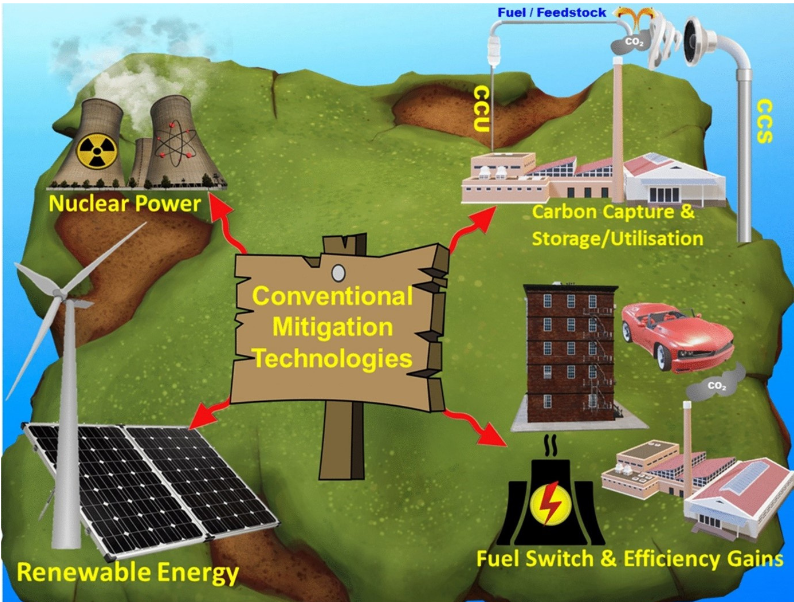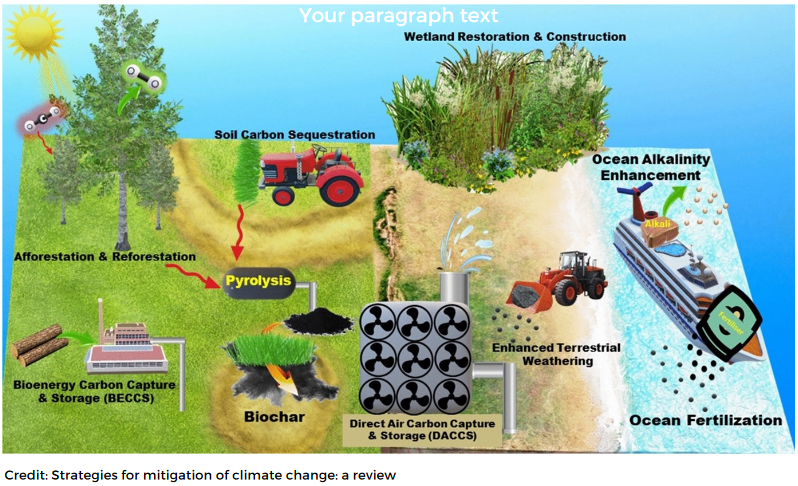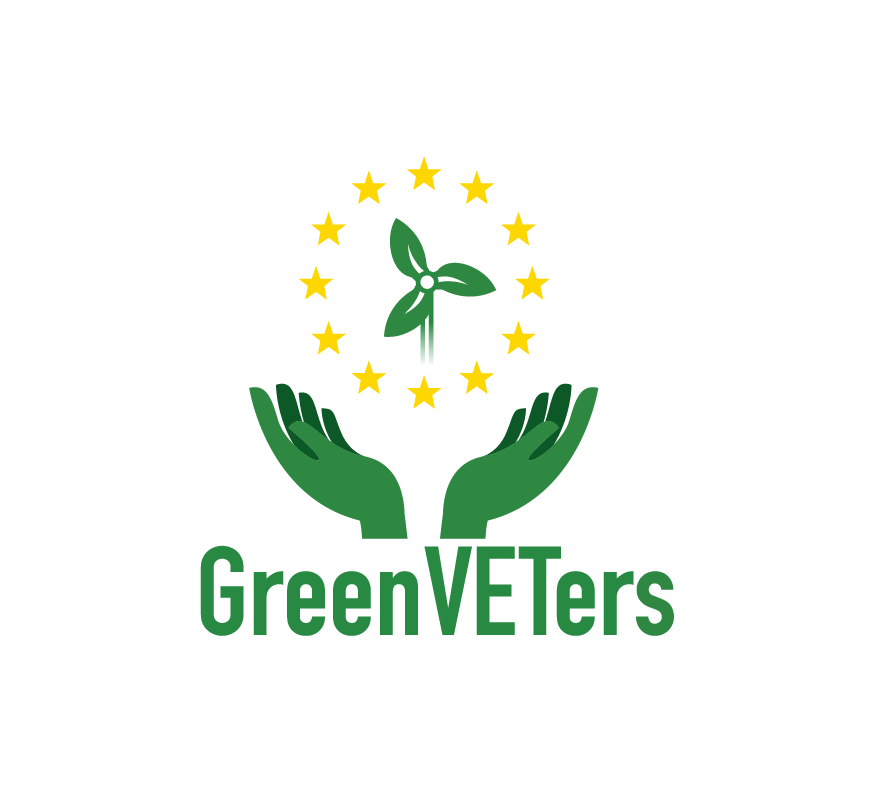“Biodiversity” or biological diversity is the scientific term for the variety and variability of life on Earth. In other words, all the different kinds of life that make up the natural world. All living organisms exist in their own communities, known as ecosystems.
What is an ecosystem? It is a geographical area where different species of plants, animals, and other organisms coexist harmoniously with the environment, including the climate and landscape.
Every part of an ecosystem is directly or indirectly reliant on each other. For example, if an ecosystem’s temperature changes, the types of plants that can grow there will be affected. Animals that rely on those plants for food and shelter will have to relocate to
another ecosystem or die.
Biodiversity is directly responsible for making the earth suitable for living. Every living organism works to maintain the function of the ecosystem they belong to, providing balance and supporting life. Biodiversity provides clean air, water, food, and fuel.
Unfortunately, humans have disturbed the balance of their ecosystems. Unbalanced ecosystems can no longer support life and the biodiversity of our planet is under severe threat.
Species are forced to move out of their natural habitats as these regions are becoming uninhabitable due to climate change. Local extinction is possible for populations that cannot migrate or adapt, such as some plants and insects. According to Nasa, at 1.5
degrees Celsius warming, insects, plants, and animals will see their climatically determined geographic range reduced by more than half.
The United Nations Environment Program (UNEP) established the Aichi Targets, which were a component of the Strategic Plan for Biological Diversity (2011-2020). The Aichi Targets was a set of 20 goals to slow down the loss of biodiversity on the planet, but as
the deadline of the Strategic Plan came and passed, it was clear that none of the goals was fully achieved.
Slowing down biodiversity loss is one of humanity’s great challenges. The Global Biodiversity Outlook published in September 2020 indicates that we are failing to meet the targets set for eliminating biodiversity destruction.
How does the EU act to protect biodiversity?
The EU’s biodiversity strategy for 2030 is a detailed, ambitious, and long-term plan to preserve the environment and stop ecosystem degradation. The strategy includes specific commitments and actions that are meant to put Europe’s biodiversity on a
path to recovery by 2030.
A shared framework for peace and prosperity for the people and the planet, both now and in the future, is provided by the 2030 Agenda for Sustainable Development, which was adopted by all United Nations Member States in 2015. The 17 Sustainable Goals
(SDGs) are an urgent call to action for all nations.
Specifically, the Sustainable Development Goal 15 of the 2030 Agenda for Sustainable Development is devoted to “protect, restore and promote sustainable use of terrestrial ecosystems, sustainably manage forests, combat desertification, and halt and reverse
land degradation and halt biodiversity loss”. According to the EU, resource extraction and processing are responsible for 90% of biodiversity loss.
Members of the European Parliament (MEPs) strongly supported the EU targets of protecting at least 30% of the EU’s marine and terrestrial areas (forests, wetlands, peatlands, grasslands, and coastal ecosystems) and that 10% of the EU’s oceans and
land, including all remaining primary and old-growth forests and other carbon-rich ecosystems, should be left essentially undisturbed. Most MEPs want the targets to be binding and implemented by EU countries at the national level, in cooperation with
regional and local authorities.
In accordance with intergovernmental conventions like the Convention on Biological Diversity and the Convention on International Trade in Endangered Species of Wild Fauna and Flora, the EU actively participates in ensuring that the world respects its
obligations to protect nature and biodiversity. The European Council conclusions of October 2022, served as the EU’s overall negotiating position for the 15th United Nations Biodiversity Conference (COP 15), held in Canada in December 2022. At the
conference, a post-2020 global biodiversity framework was adopted, outlining specific objectives intended to direct global actions to protect and restore nature by 2030 and beyond.
In addition, already-adopted legislation supports the EU’s efforts to stop the destruction of ecosystems and biodiversity. This includes the Habitats Directives, the Water Framework Directive, and the EU Marine Strategy Framework Directive. These
legislative frameworks are essential to the conservation of biodiversity in the European ecosystems.
Moreover, in 2022, the European Commission for the first time proposed a new continent-wide law, aiming at the revival of damaged ecosystems. The Nature Restoration Law is a critical element of the EU Biodiversity Strategy and calls for
binding targets to restore degraded ecosystems, especially those with the greatest potential to absorb and store carbon, as well as to prevent and reduce the impact of natural disasters.
Restoring wetlands, rivers, forests, grasslands, marine ecosystems, and the species they host will help;
- increase biodiversity
- secure the things nature does for free, like cleaning our water and air, pollinating crops, and protecting us from floods
- limit global warming to 1.5°C
- build up Europe’s resilience and strategic autonomy, preventing natural disasters and reducing risks to food security
- enable the long-term and sustained recovery of biodiverse and resilient nature
- contribute to achieving the EU’s climate mitigation and climate adaptation objectives
- meet international commitments
The proposal aims to restore ecosystems, habitats and species across the EU’s land and sea areas to;
- enable the long-term and sustained recovery of biodiverse and resilient nature
- contribute to achieving the EU’s climate mitigation and climate adaptation objectives
- meet international commitments
Solutions to climate change
The world needs to adapt to all these climate changes. With the global emissions of greenhouse gases rising continuously, we need to take action and adjust to the effects of climate change. The effects are already obvious; hence the adaptation must be
quicker. Reducing greenhouse gas emissions is the core of all climate change solutions. Increasing the natural capacity of forests and oceans to absorb carbon dioxide will help to reduce the negative effects of global warming.
In the battle against climate change, humanity’s action plan accords with these three pillars of response: Adaptation, Mitigation, and Resilience.
Adaptation
The term “adaptation” describes the adjustment to the reality of life in a changing climate. Humanity must adapt to survive the incoming consequences of our destructive actions on the planet. Rising sea levels, droughts, storms, and other extreme phenomena will get increasingly more dangerous in the coming years. Not to mention the probability of food and freshwater shortages. “Adaptation” encourages everyone to consider our likely climate future and prepare in advance. Reducing our
vulnerability to the negative effects of climate change is the goal.
Mitigation
‘’Mitigation” means making the impacts of climate change less severe, by preventing and reducing greenhouse gas emissions. Mitigation can describe human intervention aiming at the reduction of emissions and stabilization of the levels of heat-trapping
greenhouse gases in the atmosphere. Mitigation and adaptation are the two actions which contribute to the United Nations Framework Convention on Climate Change.Mitigation solutions usually cover technologies and techniques that are utilized in four
main sectors: power, on the supply side of energy and industry, transportation, and buildings on the demand side of energy. Conventional mitigation efforts include the application of established technologies and techniques that reduce CO2 emissions,
such as the usage of renewable energy sources and nuclear power to produce electricity or carbon capture and storage utilization. Unconventional mitigation efforts include the utilization of a new set of technologies known as negative emissions
technologies. Negative emissions technologies include bioenergy carbon capture and storage (BECCS), ocean fertilization to enhance the CO2 absorbing properties of plankton, and alternative negative emissions utilization and storage techniques, that
force CO2 to chemically react with other minerals to form stable carbonates that can be safely stored or used in other applications.


The European Commission has adopted a new strategy on adaptation to climate change on 24 Feb 2021.
The new EU strategy is comprised of the following points:
- The EU ensures that all its policies and actions work towards increasing Europe’s resilience to the impacts of climate change.
- The EU helps national, regional, and local authorities as well as partners in the private sector to adapt to climate change.
- Globally, the EU promotes international climate resilience and adjustment, while boosting international finance to support international climate resilience and prevention.
Resilience
Climate resilience is the ability to respond to and prepare for risky events, related to climate, like heat waves, hurricanes, or wildfires. However, good resilience planning also accounts for chronic events, like rising sea levels, worsening air quality, and
population migration. One of the 5 EU Missions launched by the European Commission in September 2022 is the mission on adaptation to Climate Change. The EU intends to use the urgent need for climate change adaptation as an opportunity to build a
resilient, climate-ready, and equitable Europe. The goal is to support at least 150 European regions and communities to become climate resilient by 2030.
Sustainability is the ability to maintain or support a process over time. Economic, environmental, and social sustainability are the three main concepts that are usually separated. Governments and businesses have made commitments to pursue sustainable objectives, like lowering their environmental impact and conserving resources.
Environmental sustainability is the principle of improving the quality of human life without overstretching the ability of the earth’s ecosystems to support it. It is our responsibility to conserve natural resources and protect the global ecosystem to accommodate the current and future health and well-being of all life on the planet.
Sustainable development is defined as the economic expansion that is planned and carried out while taking sustainability and environmental protection into consideration. In practical terms, sustainable development is the utilization of an ecosystem’s resources and space without damaging its ability to regenerate and support itself.
Why is Environmental Sustainability Important?
It is undeniable that environmental sustainability is essential for human survival.
Preservation protects the environment from harmful human activities. Healthy ecosystems clean our water, maintain our soil, regulate the climate, recycle nutrients,and provide us with food. They offer the resources and raw materials for anything we
create and anything necessary for us to live. They support our economies and constitute the foundation of all civilization. Humanity simply cannot survive without these “ecosystem services”. We refer to them as our natural capital.
How can we achieve sustainability?
- Sustainability is the foundation for today’s leading global framework for international cooperation- the 2030 Agenda for Sustainable Development and its Goals. The UN offers 17 goals for sustainable development that act as the path to achieving a more sustainable future.These goals address global challenges like:
- Ensuring access to clean water and sanitation for all Reducing water waste.
- Taking a proactive stance in the battle against global warming.
- Reducing the use of plastic to limit the microplastic contamination of the environment.
- Battle deforestation by increasing the earth’s forest and jungle areas- Make cities greener.
- Responsible consumption and production- Recycling items such as paper, plastic,glass, and metal.
- Create sustainable cities and communities- Limit car use by cycling, walking, or public transportation
Unit 2 will expand in more detail on the 2030 Agenda for Sustainable Development.

